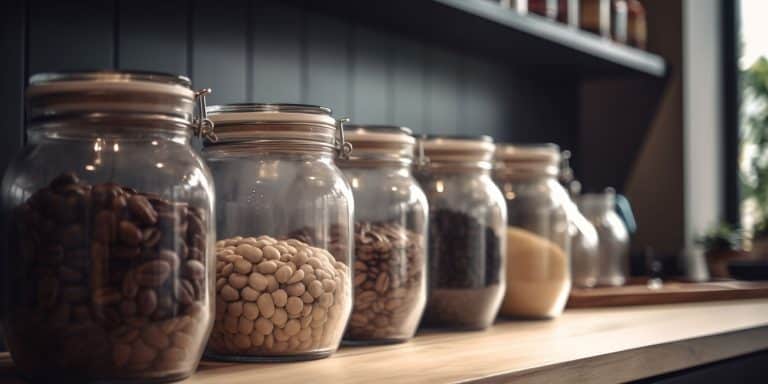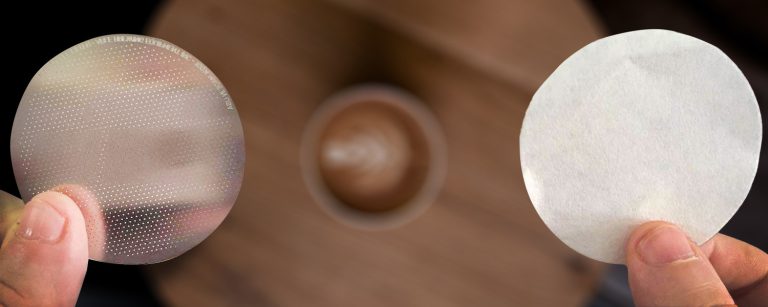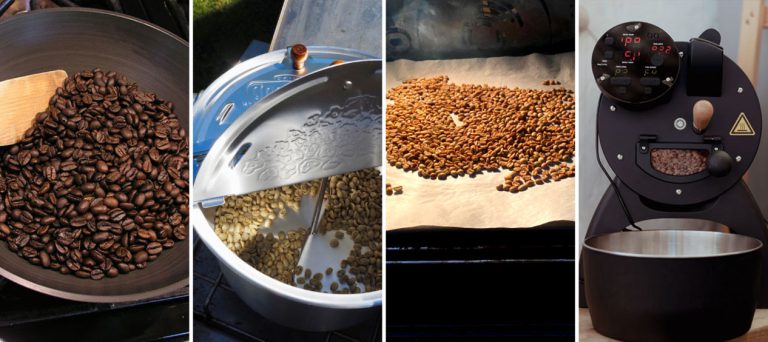Third Wave Coffee Trends – Changes vs 1st & 2nd Waves + Move to 4th Wave?
If you frequent modern coffee shops, you’ve probably heard the term Third Wave Coffee pop up.
Most people haven’t the slightest idea that coffee professionals even differentiate waves in the coffee world, so if you’re looking for some information on the topic, read on.
What does Third Wave even mean in the context of coffee?
Third Wave Coffee refers to a new movement in the coffee industry that is all about quality, sustainability, and transparency. All parts of the coffee supply chain work to create the best possible product by sourcing the best beans, using the best roasting techniques, and brewing with the utmost care.
The 3rd Wave aims to get the best and most unique taste out of every coffee bean: and this only works if the best conditions prevail during cultivation, harvesting, roasting, and preparation.
Trish Rothgeb coined the term in 2003.
Now, if you’re wondering whether there was a 1st Wave and a 2nd Wave, you’re spot on.
Looking back at the past 100 years, we can differentiate three distinct periods (waves) of coffee production and consumption.
- The First Wave of coffee production and consumption (1930s – to 1960s) was led by mass-market brands like Folgers and Maxwell House. These brands introduced coffee to a wider audience and helped to make it a staple in American households.
- The Second Wave (60s – 90s) was driven by coffee brands like Starbucks and Peet’s, who made a commodity out of coffee, setting off the concept of coffee-to-go. These brands introduced high-quality coffee to the market and helped to create a more sophisticated coffee culture.
- The Third Wave is led by small-batch roasters and independent coffee shops. They focus on coffee quality and sustainability, helping to create a more sustainable and ethical coffee industry.
Now let’s have a look at each coffee movement in more detail.
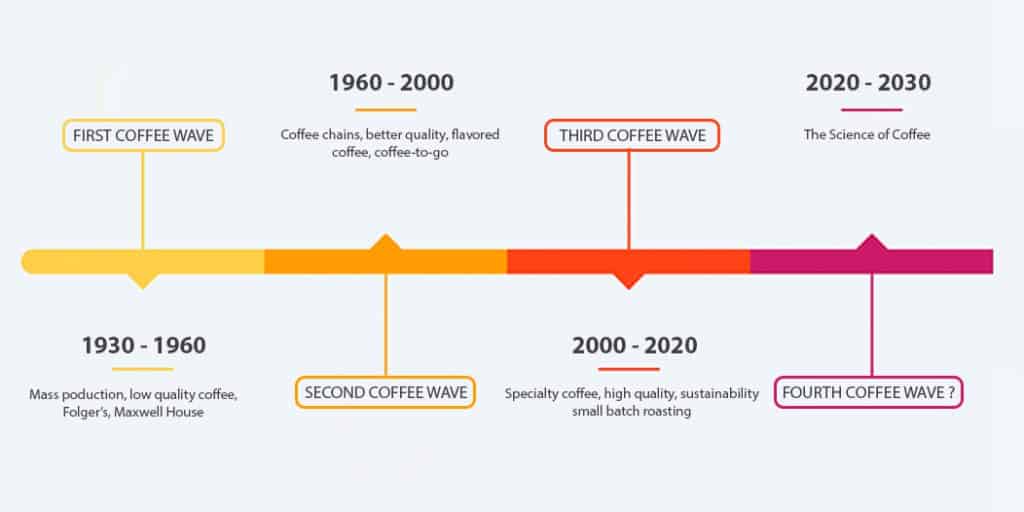
First Wave Coffee – Product for the masses
The First Wave of Coffee took place between 1930 and 1960.
Coffee became industrialized and affordable for the masses in this period.

After the First World War, the beverage slowly transformed from a luxury good to a mass product that just about anyone could buy in a supermarket.
The coffee of the First Wave was mainly pre-ground, packaged coffee. You could also buy whole beans and grind them with early blade grinders found in every household, but this did not improve the quality of the coffee. Instant coffee was also invented in this wave.
The quality of the coffee was not of any concern to the producers or the customers.
Second Wave Coffee: Indulging in coffee to go
The Second Wave of coffee lasted from the 1960s to the 90s.

Coffee is made with lots of milk, syrup, and a multitude of artificial flavors that deviate away from the actual taste of the bean. This form of coffee consumption was propagated by coffee shops like Starbucks and Co., which started popping up everywhere, revolutionizing café culture.
The coffee-to-go trend also emerged, where you could take your (large) cup of coffee beverage with you anywhere.
As for home coffee making, fully automatic machines were invented, as were coffee capsules and coffee pads.
Due to the increasing demand, efficient industry tactics emerge that allow the quick production of lots of bad-quality coffee. These machine-harvested and industrially roasted coffee beans were often of inferior quality, roasted far too darkly and thus hardly able to develop their true aroma.
Not enough time, money, and effort is invested into production or preparation, leading to 2 consequences:
- The taste of coffee suffers.
- The farmers who grow coffee naturally and sustainably suffer because their coffee is far too expensive for most people in the Second Wave.
Third Wave Coffee: A story in each cup
The Third Wave of coffee consumption & production emerged at the end 1990s. This new wave is characterized by a shift from mass consumption to quality consumption.
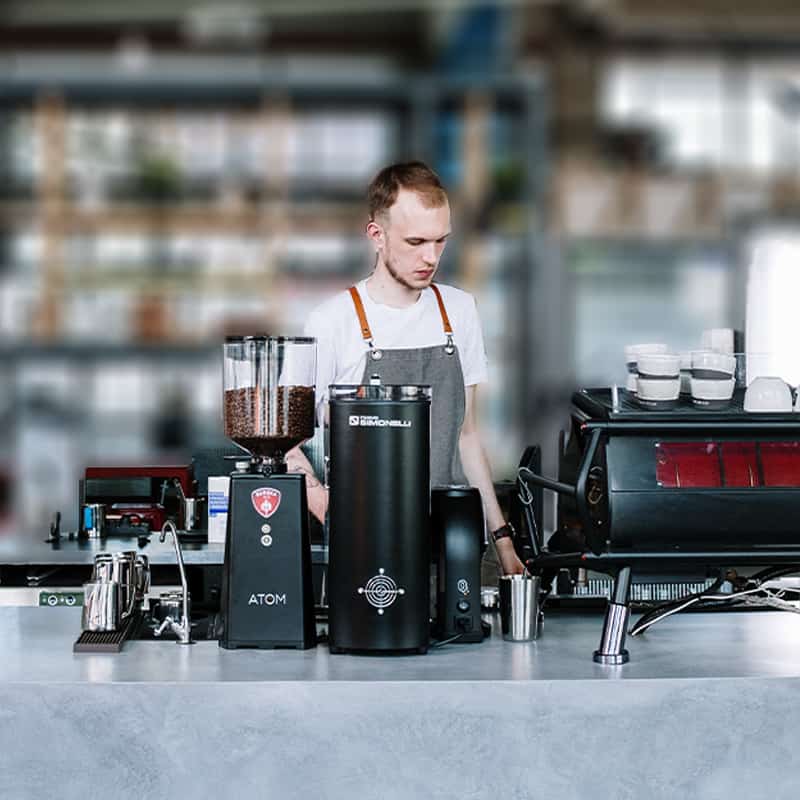
Coffee is moving from being a mass product to being a beverage for the soul and a means of enjoyment that people are happy to take the time to stop and enjoy. Consumers want to buy products that they feel good about consuming and that they can enjoy in the calm settings of small coffee shops. They want to know what is inside their cup of coffee, how it was produced, and where it came from.
Sustainable, fair production
Coffee consumers have started considering their impact on the lives of coffee farmers. Consumers now want to know
- Whether the coffee beans were grown sustainably.
- Whether the farmer who grew the coffee used pesticides or not.
- Whether the workers who picked the coffee beans were paid fairly or exploited.
Sustainable production practices are critical to ensuring that coffee bean producers can continue producing coffee at a sustainable level while providing a safe working environment for those involved in the process.
In previous waves, coffee farm workers were hardly paid a living wage and worked under conditions that made them vulnerable to exploitation. Fair trade was not of concern.
In the Third Wave, coffee farmers have started to pay their employees fair wages and improve their working conditions on their farms.
In fact, fair payment is a central aspect of the Third Wave! Consumers in developed countries pay a lot of money for good coffee, and that value has to be transferred to the farms (not just Folgers or Starbucks).
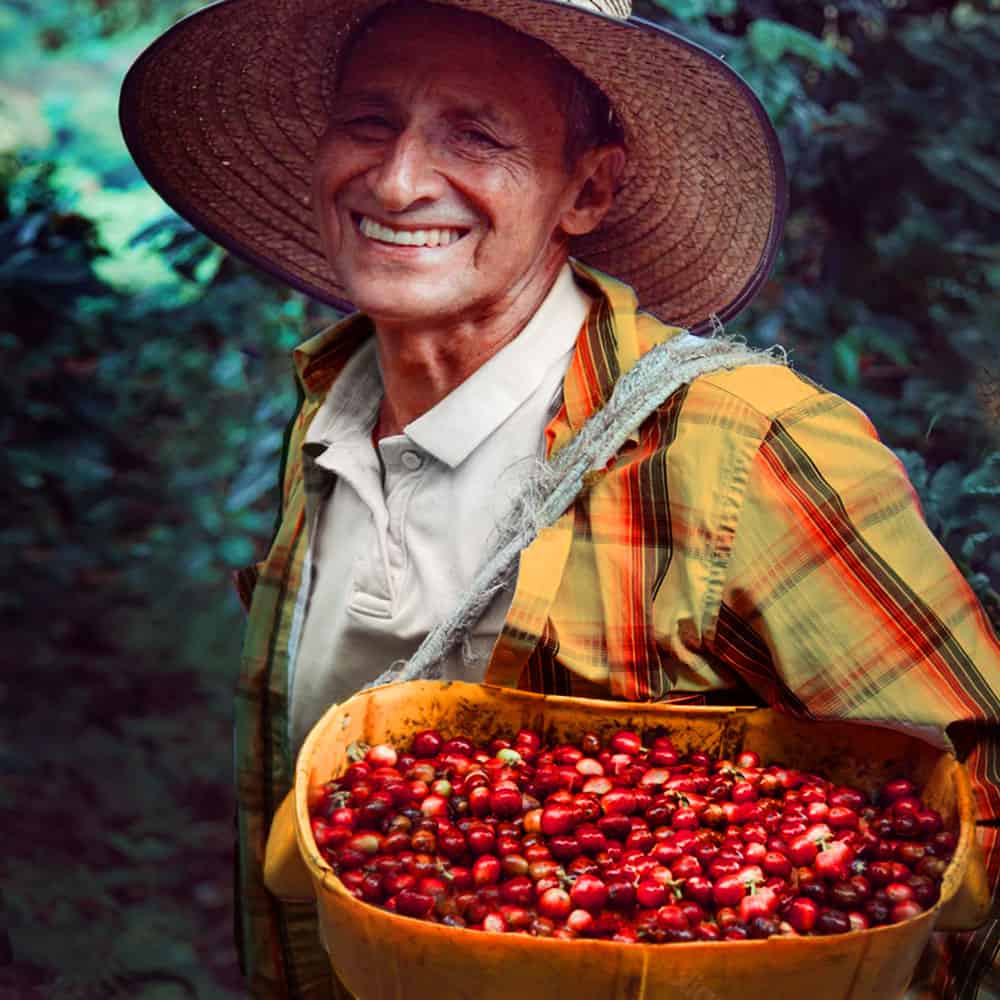
Trips to coffee farms by coffee company owners and roasters considerably raise awareness and facilitate fair trade.
Personal contact and direct trade between roasters and producers create a unique level of trust not seen in previous waves.
For example, a coffee roaster in Budapest told me of how his relationship with producers in South America takes on new levels. The farms work hard to produce the best possible harvest because they know that even if the given year yields inferior results, they can still trust the roaster to buy the product. This keeps the farms going, wages paid, and ready for a better harvest next year.
The Third Wave of Coffee helps to initiate individual projects with local farmers and cooperatives and to improve living and working conditions on the ground.
The consumer also benefits from coffee beans from small growing areas, as these have a quality and flavor profile far exceeding that of industrial coffee.
Roasting by master roasters
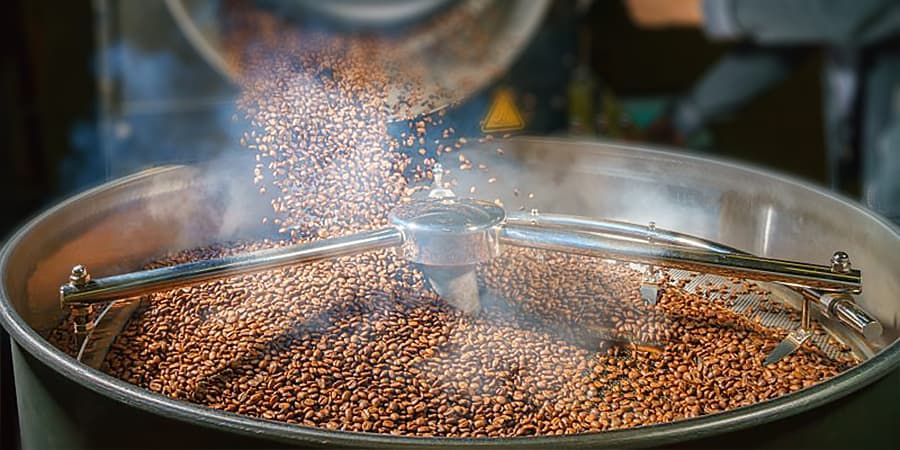
Roasting coffee in the Third Wave is done via drum roasting in small batches, which brings out the full aroma of the beans and balances the acids and bitter substances. This roasting process is gentler and carried out at a lower temperature than industrial hot air roasting used by large-scale coffee companies.
The role of the master roaster is all the more critical in this. He looks at coffee beans individually and decides on their roasting style, level, and heat profile to roast them in a way that reveals their unique aroma.
Packaging the right way
Much attention goes into the packaging of coffee, and it is no longer enough to wrap it in vacuum-sealed paper bags. Packaging must be designed to protect the coffee from light, oxygen, moisture, and other elements.
However, the package must allow the coffee to breathe and keep its freshness.
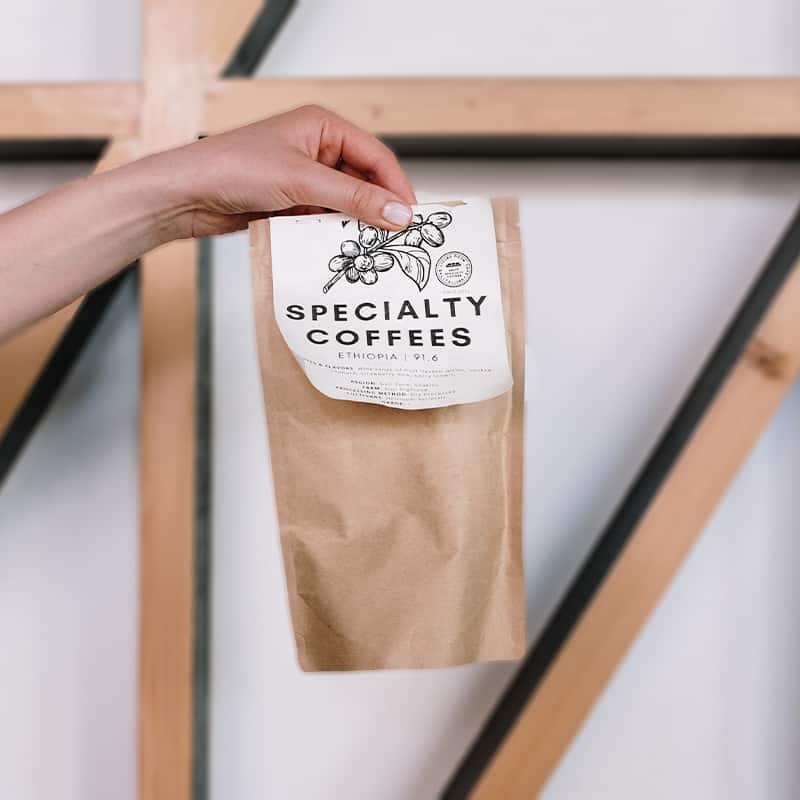
Boxes and packaging should also be recyclable so they do not end up in landfills. This contributes to the sustainability aspect of the Third Wave.
Grinding science
The grinding of the beans and the preparation of coffee is also leveled-up, as people are ready to take more time to prepare and enjoy each cup of coffee. Grinding settings from fine to coarse are experimented with to find the perfect balance between the desired texture and the optimal extraction of flavors.
Coffee grinding in the Third Wave is performed using state-of-the-art technology, which ensures that the coffee is ground properly and evenly.
Role of the barista
In the Third Wave, barista training takes on new levels.
The role of a barista is not only to prepare the coffee correctly and well. He/she also has to explain and prepare coffee drinkers for the taste differences that arise from the origin of the coffee plant, roasting level, etc.
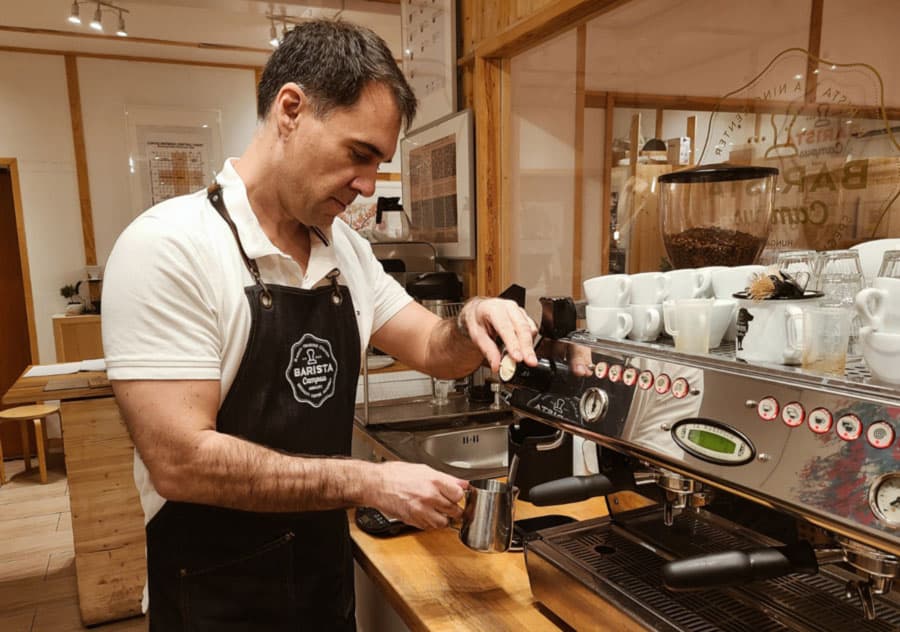
Taste the true flavors and aromas of coffee
High-quality cultivation, harvesting, and the conscious preparation of coffee positively affect the taste and aromas that emerge during extraction.
The coffee is brewed using methods highlighting the unique characteristics of the beans’ origin and variety.
As a result, Third Wave coffee has a brighter, more complex flavor than mass-produced. Awareness and appreciation of the nuanced tasting notes, variety, and different growing regions of coffee mean that your cup is the best in its purest form: black, without additives such as milk, sugar, syrups, etc.
Price of Third Wave Coffee ($$$)
All of the above means that Third Wave is more expensive than mass-produced coffee because of the care that goes into producing it.
Third Wave roasters often source their beans directly from farmers, which allows them to pay a fair price for the coffee. They also roast the beans in small batches to ensure that each bean is perfectly roasted.
This attention to detail results in a more flavorful and nuanced cup of coffee than mass-produced coffee.
Many coffee lovers are willing to pay more for Third Wave coffee because they know that they are getting a higher quality, sustainable product produced by farmers that receive fair compensation and work under good conditions.
Some people may not be willing to pay more for the third Wave because they are unfamiliar with the term or the difference in quality. Others may feel that the higher prices are not worth it for a cup of coffee.
However, most people who have tried it agree it is worth the extra money.
How much more does Third Wave coffee cost compared to mass-produced coffee?
In 2024, one pound of Third Wave specialty coffee costs around $40-$50, while regular coffee sells for about $10.
Which preparation methods suit the Third Wave of Coffee?
The Third Wave aims to bring out every bean’s unique taste and characteristics.
Brewing methods that are particularly suitable for this are:
- High-quality espresso machines
- Filter coffee
- French Press
- Syphon
- Chemex
- Aeropress
Light or medium roast beans are used, as they present a much more complete flavor and aroma profile than dark roasts.
Is Specialty Coffee and Third Wave Coffee the same?
“Specialty Coffee” and “Third Wave Coffee” are often used interchangeably to refer to high-quality, small-batch coffee sourced, roasted, and brewed with great care.
There is overlap between the two terms, but Third Wave Coffee is generally used to describe the recent movement in the coffee industry that encompasses all aspects, including farming practices, processing, roasting, brewing, and serving.
Specialty Coffee, by itself, is usually associated with the craft brewing movement, where specialty coffee shops serve only the highest quality light or medium roast beans prepared using specific techniques.
For a coffee bean to become specialty coffee, it has to score above 80 on the Specialty Coffee Association’s 100-point scale. This underscores that Specialty is more concerned with the final beverage.
Is there a 4th coffee wave?
Fourth-wave coffee is a recent movement in the coffee community that focuses on the scientific details of roasting and brewing coffee. There is a growing interest in using precise measurements during the brewing process and developing new methods to brew coffee with an innovative, scientific approach.
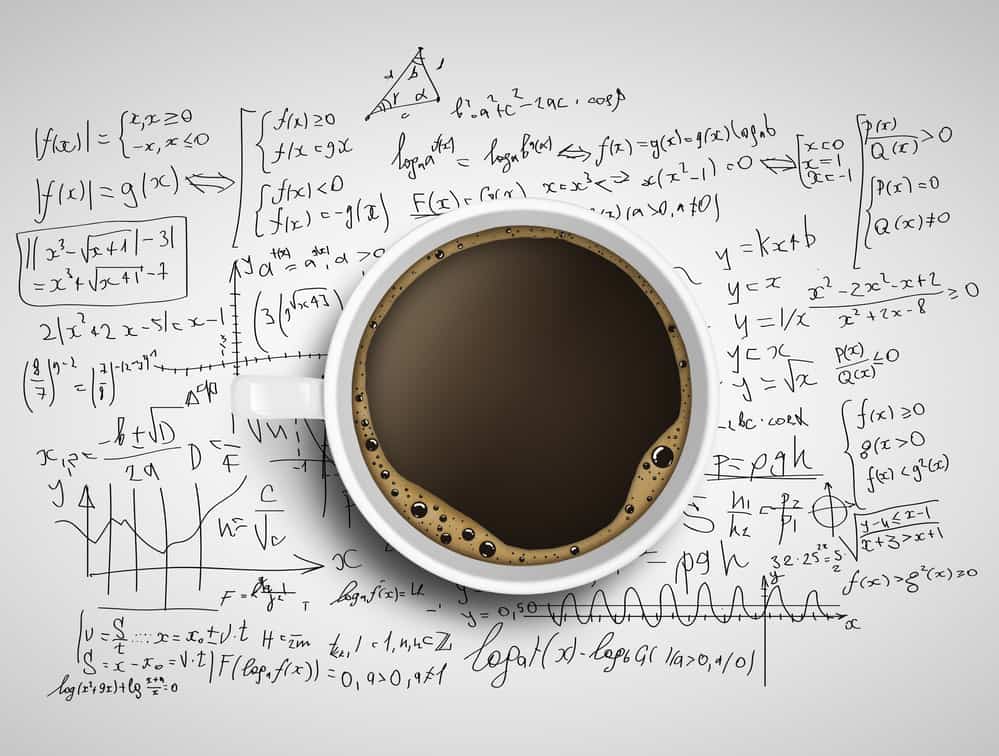
While it’s unclear whether the coffee community at large has fully embraced the concept of a fourth wave, there is no denying that this recent movement has put an emphasis on precision brewing and taking a scientific approach to recipes and equipment design.
To me, fourth-wave coffee moves from artisan coffee to scientific coffee brewing. This level of understanding allows for new innovative methods that significantly improve our enjoyment of this beloved beverage.
I think that as more people learn about what goes into making great coffee, fourth-wave approaches will become increasingly accepted (and even expected).


